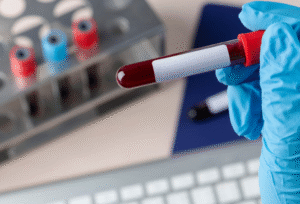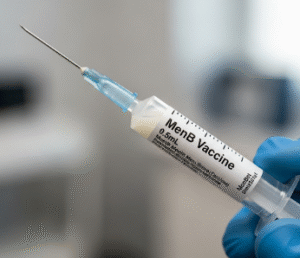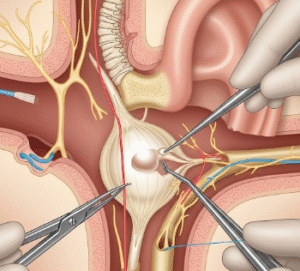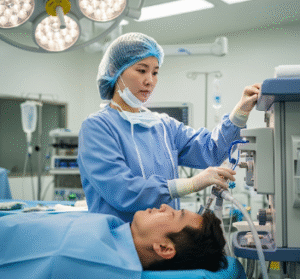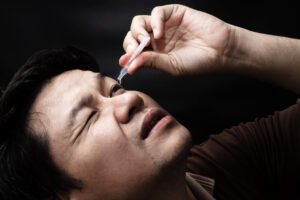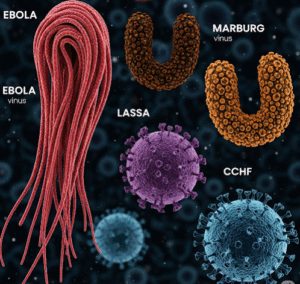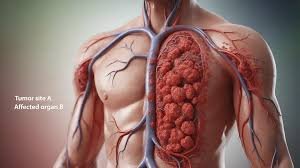Overview
Microsurgical Testicular Sperm Extraction (microTESE) is an advanced surgical procedure to retrieve sperm directly from the testes in men with severe male infertility, particularly those with non-obstructive azoospermia (absence of sperm in the ejaculate due to impaired sperm production).
In Korea, microTESE is performed by experienced urologists and reproductive surgeons using high-powered microscopes, ensuring maximal sperm retrieval with minimal tissue loss, which increases the chances of successful assisted reproductive techniques (ART) like IVF/ICSI.
Highlights:
- ✅ Retrieves sperm in cases of non-obstructive azoospermia
- ✅ Performed using microsurgical techniques to minimize tissue damage
- ✅ Improves success rates of IVF or ICSI
- ✅ Outpatient procedure in most cases
What is Microsurgical Testicular Sperm Extraction (microTESE)?
MicroTESE is a microsurgical method to extract sperm directly from the testicular tissue. It is typically recommended for men who:
- Have non-obstructive azoospermia
- Have failed sperm retrieval using conventional techniques
- Are undergoing in vitro fertilization (IVF) or intracytoplasmic sperm injection (ICSI)
Important: MicroTESE allows surgeons to visually identify areas with active sperm production under a microscope, increasing the likelihood of successful retrieval while preserving testicular tissue.
What are the benefits?
- High success rate: Microscope-guided sperm extraction improves chances of retrieval
- Minimally invasive: Preserves surrounding testicular tissue
- Assisted reproduction: Enables IVF or ICSI even in severe male infertility cases
- Reduced complications: Lower risk of hematoma, infection, or long-term testicular damage compared to conventional TESE
Key benefits highlighted:
- ⚡ Maximizes sperm retrieval for men with non-obstructive azoospermia
- ⚡ Minimal tissue removal preserves testicular function
- ⚡ Outpatient procedure with relatively short recovery
- ⚡ Provides hope for natural conception through ART
Procedure Details
1) How should I prepare for microTESE?
- Preoperative evaluation: Hormonal assessment, scrotal ultrasound, semen analysis, genetic testing
- Medication review: Discontinue blood thinners or medications as instructed
- Fasting: Required if general anesthesia is planned
- Consent and counseling: Discuss procedure, risks, chances of sperm retrieval, and ART planning
- Lifestyle preparation: Arrange for postoperative rest and avoid strenuous activity before and after surgery
2) What happens during microTESE?
- Anesthesia: General or local anesthesia with sedation
- Surgical exposure: Small incision in the scrotum to expose the testis
- Microscopic examination: High-powered operating microscope used to identify areas of active sperm production
- Tissue extraction: Tiny samples of testicular tissue carefully removed
- Sperm retrieval: Sperm isolated from tissue for immediate use or freezing for future IVF/ICSI
Duration: Typically 1–2 hours depending on testicular anatomy and number of samples required
3) What happens after microTESE?
- Recovery monitoring: Observation for bleeding, infection, and swelling
- Pain management: Mild analgesics prescribed
- Activity: Avoid heavy lifting, sexual activity, or strenuous exercise for 1–2 weeks
- Follow-up care: Monitor healing, testicular size, and testosterone levels if indicated
Highlights for post-procedure care:
- ⚡ Mild swelling, bruising, or discomfort is common
- ⚡ Apply ice packs to reduce swelling in the first 24–48 hours
- ⚡ Keep incision clean and dry
- ⚡ Attend follow-up appointments to ensure proper healing and sperm retrieval success
Risks / Benefits
Risks:
- Infection or bleeding
- Testicular pain or swelling
- Rare damage to testicular tissue
- Temporary decrease in testosterone levels
Benefits:
- Direct sperm retrieval for men with severe infertility
- High success rate for use in IVF/ICSI
- Minimally invasive with low complication rates
- Preserves overall testicular function and fertility potential
Recovery and Outlook
- Hospital stay: Usually outpatient; same-day discharge possible
- Full recovery: 1–2 weeks for normal activities; bruising and mild discomfort may persist briefly
- Long-term outlook: Excellent; retrieved sperm can be used for IVF/ICSI or frozen for future use
- Follow-up: Postoperative visits to assess healing and discuss fertility treatment options
Tips for optimal recovery:
- ✅ Avoid strenuous activities and sexual activity for 1–2 weeks
- ✅ Maintain scrotal support with snug underwear
- ✅ Follow medication and wound care instructions
- ✅ Attend follow-up for sperm retrieval results and ART planning
When To Call the Doctor
- Fever, chills, or signs of infection
- Excessive bleeding or swelling
- Severe pain not relieved by prescribed medication
- Redness, pus, or discharge from incision
- Concerns about testicular function or fertility outcomes
Best Korea Option / Process
Korea provides advanced microTESE care:
- Top hospitals: Specialized fertility and urology centers with expert microsurgeons
- Advanced techniques: Microscope-guided sperm extraction for maximum retrieval
- Integration with ART: Immediate use of retrieved sperm for IVF/ICSI or cryopreservation
- Postoperative care: Pain management, wound monitoring, and fertility counseling
- International patient support: Online consultations, appointment scheduling, and telemedicine follow-up
Step-by-step process in Korea:
- Preoperative consultation and evaluation of testicular function
- Microsurgical sperm extraction performed under anesthesia
- Postoperative monitoring for pain, swelling, and wound care
- Sperm processed for immediate use or freezing
- Follow-up appointments for healing and ART planning



